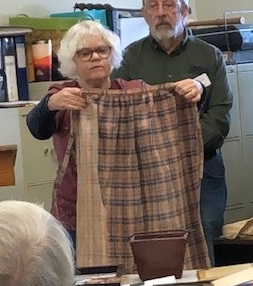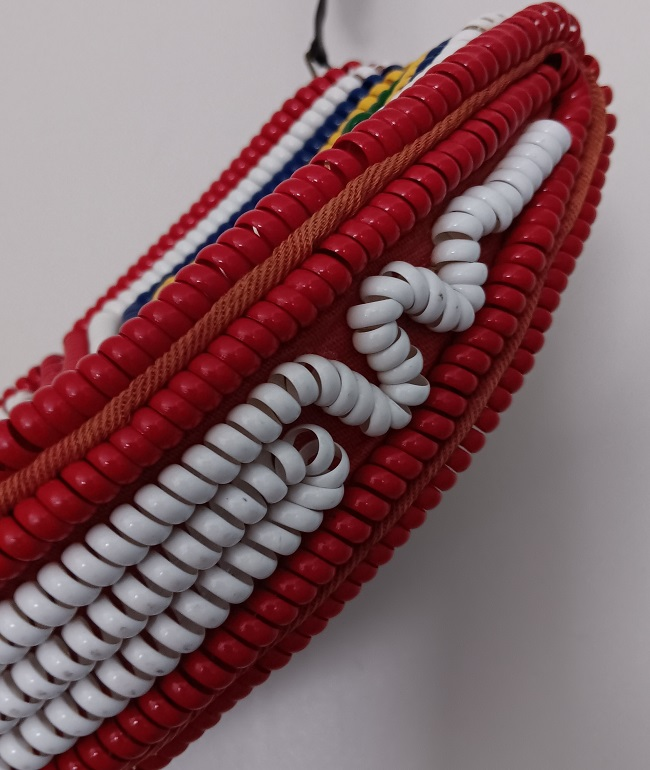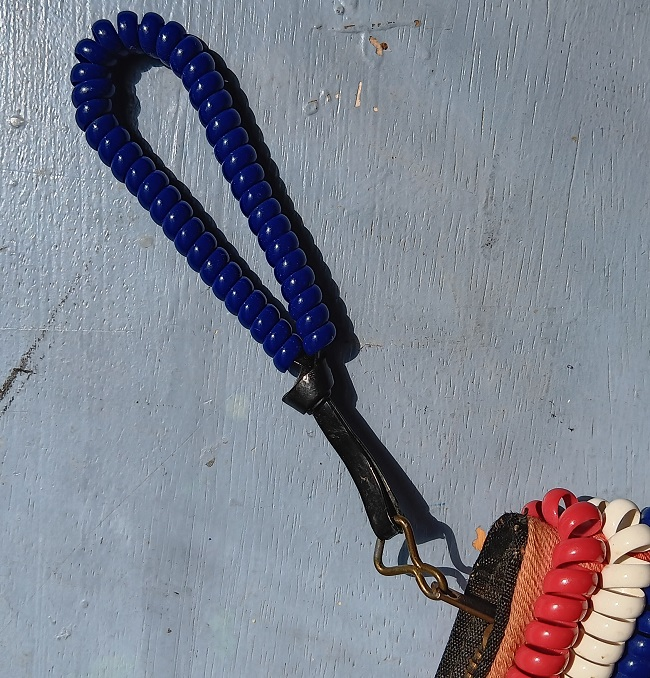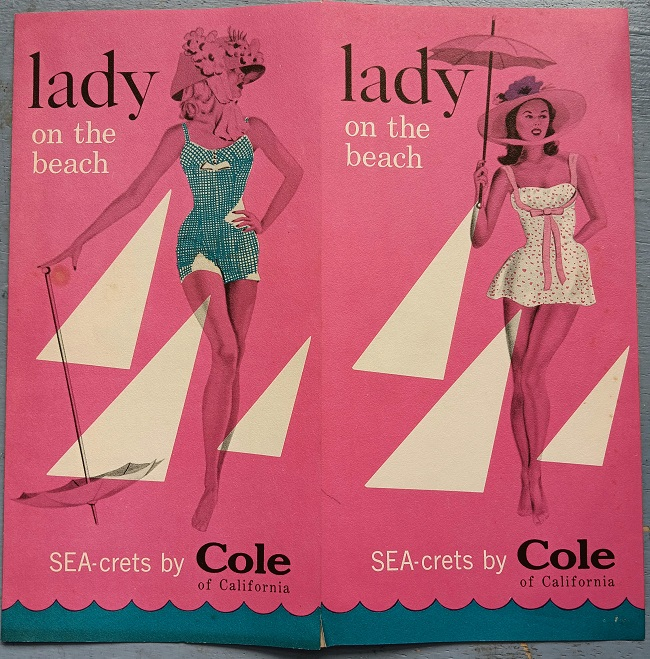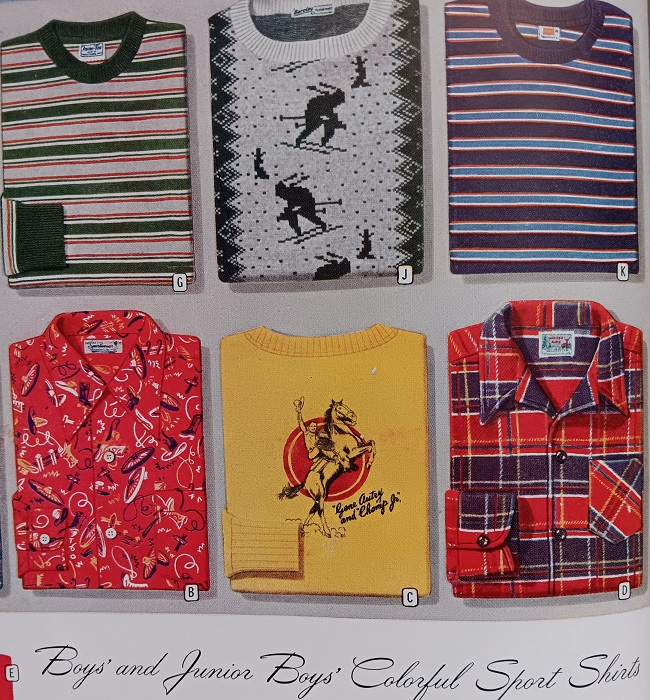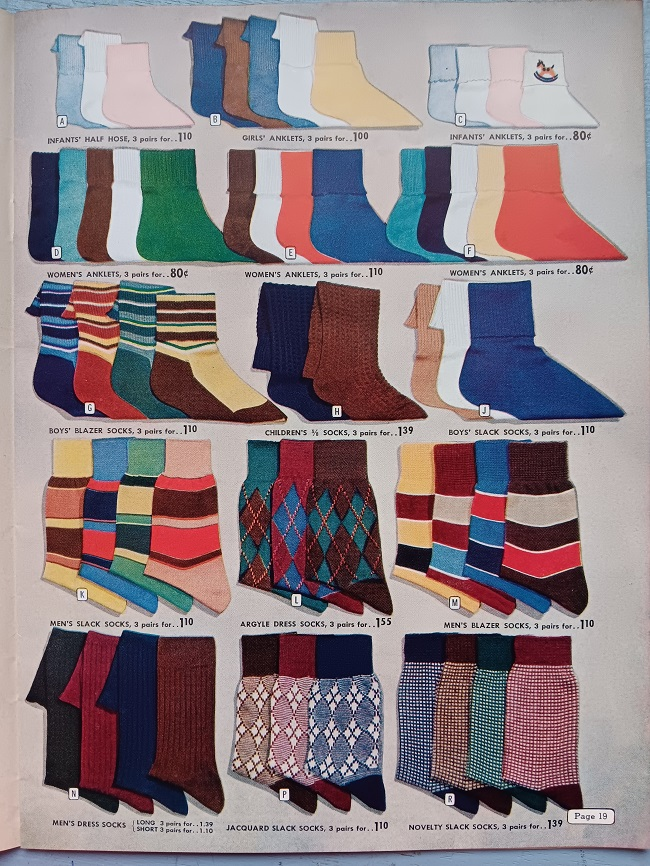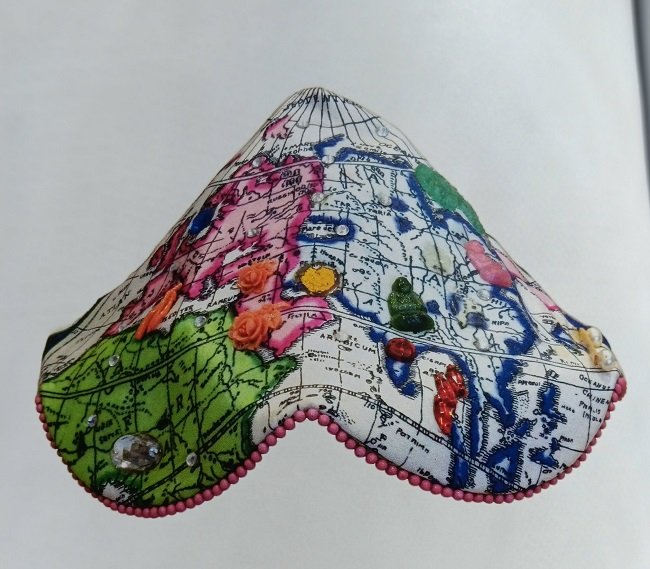
In one of those odd twists of the rules of the universe, a woman receives credit for doing something the male protagonist in this book actually did first. The woman is Coco Chanel, (who, by the way, is not mentioned in the book) and the man is Gerald Murphy. You may have heard of Murphy even though his is not exactly a household name these days. He and his wife Sara moved to France in 1921, and created a life based on the things they loved for themselves and their three children.

The Murphys loved art and good food and writing. They loved the sea and in 1923 they discovered the joys of the French Riviera. They arrived in Cap d’Antibes just as the winter visitors were leaving. They proceeded to clean up the beach and to introduce their visiting friends to sunbathing. Considering among their friends were Pablo and Olga Picasso, Cole Porter, Rudolph Valentino, and Scott and Zelda Fitzgerald, their way of life quickly spread to other resorts in the south of France.

Gerald also loved fashion, and he created a unique beach look for himself. He bought the blue and white striped jerseys worn by French sailors at a local sailors’ supply store. He paired the jerseys with white pants and shorts. Several years later Chanel was photographed wearing a similar ensemble, though her pants were dark, probably blue. It’s that photo that seems to have led to the myth that Chanel discovered the striped jersey.

Through the 1920s and into the 30s, the Murphys lived an idyllic life in France. But the rumblings of war to come and the illness of one of their sons compelled them to return to New York. There, in another nod to fashion, Gerald had to take over the family business, Mark Cross leather goods. Even though he hated it, Gerald continued to run the company until 1956. The wonderful little overnight case carried by Grace Kelly in Rear Window was developed during his tenure at Mark Cross.




